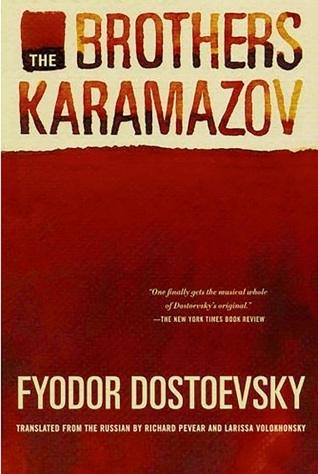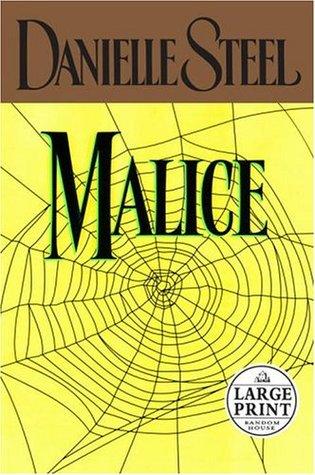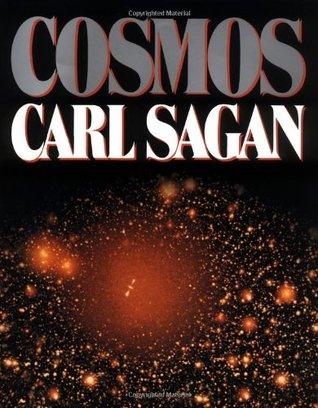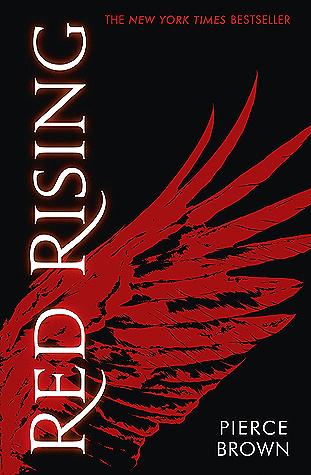Borderlands/La Frontera: The New Mestiza by Gloria Anzaldúa Book Summary
Explore the profound insights of Gloria Anzaldúa's "Borderlands/La Frontera: The New Mestiza" in our comprehensive summary and review. Discover key themes, cultural reflections, and the impact of this groundbreaking work on identity and social justice. Dive into a transformative journey that challenges borders and celebrates mestizaje.
Borderlands/La Frontera: The New Mestiza Book Summary
Gloria Anzaldúa's groundbreaking work "Borderlands/La Frontera: The New Mestiza" revolutionizes our understanding of identity, cultural hybridity, and the Chicana experience. This seminal text explores the physical and metaphorical borderlands between Mexico and the United States, examining how geographical boundaries create complex cultural identities. Anzaldúa introduces the concept of mestiza consciousness—a new way of thinking that embraces multiplicity and contradiction rather than seeking singular truths. Through personal narrative, historical analysis, and poetic prose, she challenges traditional notions of nationality, sexuality, and belonging, offering a powerful framework for understanding marginalized communities and border identity.
Discover the essence of Conrad's masterpiece through our detailed Heart of Darkness Book Summary, Review & Key Insights, offering profound analysis to deepen your understanding and appreciation.
Borderlands/La Frontera: The New Mestiza by Gloria Anzaldúa - Introduction
I had no idea that a single book could weave together poetry, memoir, theory, and philosophy so seamlessly, and still feel deeply personal. When I picked up Borderlands/La Frontera: The New Mestiza by Gloria Anzaldúa, I thought it would be a straightforward nonfiction read about race and identity. But what surprised me most was how she describes the border not just as a physical place, but as a psychological and spiritual space where multiple identities clash and blend. It made me rethink how I see the boundaries in my own life—not just geographical, but cultural and emotional too.
I grabbed this book because I’d heard it was a cornerstone in feminist and queer theory, but I didn’t expect it to feel so raw and poetic. Anzaldúa’s voice is like having a conversation with someone who’s lived on the edges of so many worlds—race, gender, sexuality—and comes out stronger for it.
If you’re someone who’s ever felt like you don’t quite fit in, or if you’re curious about how identity shapes us beyond the usual categories, this book will resonate. It’s perfect for anyone interested in LGBT issues, feminism, race, or philosophy, and even if those aren’t your usual go-tos, the way Anzaldúa blends genres makes it an engaging and eye-opening read.
At around 260 pages, it’s a manageable read that’ll stick with you long after you finish. Honestly, reading it felt like peeling back layers of myself I didn’t even know were there. You should definitely give it a try.
What is Borderlands/La Frontera: The New Mestiza About?
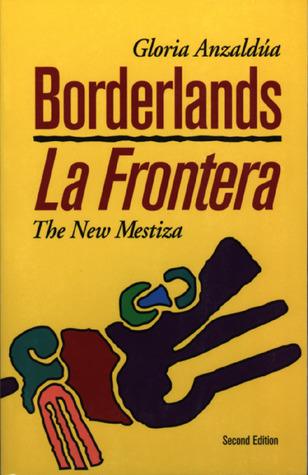
"Borderlands/La Frontera: The New Mestiza" by Gloria Anzaldúa explores the complexities of identity, culture, and the experience of living in the borderlands between different worlds. The main message emphasizes the importance of embracing one's multifaceted identity and the power of language and culture in shaping self-perception. Key concepts include the struggle against oppression and marginalization, the significance of hybridity in identity formation, and the transformative potential of crossing borders—both literal and metaphorical—toward greater understanding and acceptance.
About Book Author - Gloria Anzaldúa
Tonight, we have someone whose voice truly resonates from the spaces in between. Gloria Anzaldúa didn't start out with the map for Borderlands/La Frontera fully drawn.
- Her journey began on the Texas-Mexico border, a place of constant collision and fusion, where cultures, languages, and spiritualities intertwined, forming the very bedrock of her understanding long before she put pen to paper. What's interesting about Gloria is that her deep connection to the land wasn't just geographical; she often spoke of feeling the earth's pain and its history in a profoundly personal way, an intimacy that pulsed through her writing. This wasn't theory learned, but wisdom lived. Her unique capacity to weave personal narrative with sharp theoretical insight, evident also in works like This Bridge Called My Back, allows her to articulate the complex experience of the mestiza consciousness. Gloria doesn't just analyze borders; she has inhabited their challenging, transformative terrain, making her uniquely qualified to illuminate these vital intersections of identity.
More Books To Find
Borderlands/La Frontera: The New Mestiza - Book Overview
It’s about the complexities of identity—Anzaldúa explores what it means to be a Chicana, blending cultures, languages, and experiences. Imagine standing at a border, not just between countries but between identities. She dives deep into the struggles and beauty of living in that in-between space.
The real reason she wrote it is to give a voice to those who often feel silenced or marginalized. It’s her way of saying, “Hey, we exist, and our experiences matter.” She’s challenging the traditional narratives about race and gender, pushing for a broader understanding of what it means to belong.
What makes it different from other books is its poetic style and personal anecdotes. Anzaldúa uses a mix of English, Spanish, and Spanglish, creating a rhythm that feels almost musical. It’s not just academic; it’s visceral and raw, pulling you into her world.
One story that stuck with me is when she talks about her childhood and the fear of being punished for speaking Spanish. It resonated with me because it highlights how language shapes identity and how, for many, speaking a different language can feel like a betrayal of one’s roots. It’s a powerful reminder of the emotional weight that comes with cultural heritage.
Key Insights of Borderlands/La Frontera: The New Mestiza
Identity and Intersectionality: Anzaldúa explores the complexities of identity, emphasizing the multifaceted nature of being a mestiza. She highlights how cultural, racial, and gender identities intersect, creating a unique lived experience that challenges binary notions of identity.
Language as Power: The author discusses the significance of language in shaping identity and culture. Anzaldúa argues that language is a tool of resistance, enabling marginalized voices to assert their existence and challenge dominant narratives. She advocates for embracing bilingualism and the use of Spanglish as a means of cultural expression.
Borders and Boundaries: Anzaldúa uses the metaphor of borders to examine both physical and psychological barriers. She critiques the rigid borders that separate cultures and identities, advocating for a more fluid understanding of belonging that transcends traditional boundaries.
Spirituality and Healing: The book emphasizes the importance of spirituality in the journey of self-acceptance and healing. Anzaldúa draws on indigenous practices and beliefs, encouraging readers to reconnect with their spiritual roots as a means of empowerment and resilience.
Activism and Change: Anzaldúa calls for social change, urging readers to embrace their identities and advocate for justice. She emphasizes the role of storytelling as a form of activism, encouraging individuals to share their experiences and challenge oppressive systems.
Who Should Read This Book
"Borderlands/La Frontera: The New Mestiza" by Gloria Anzaldúa is essential reading for anyone interested in identity, cultural intersectionality, and social justice. Scholars, students, and activists exploring Chicano/a studies, feminism, and LGBTQ+ issues will find profound insights within its pages. Additionally, those seeking to understand the complexities of border culture and the experiences of marginalized communities will benefit greatly. Anzaldúa’s powerful narrative resonates with individuals grappling with their own identities and those advocating for inclusivity and equity, making this book a vital resource for fostering empathy and understanding in today’s diverse society.
Read If You Are
- interested in exploring the complexities of identity and cultural intersectionality
- seeking to understand the experiences and struggles of marginalized communities
- passionate about feminist literature and the Chicana experience
Skip If You Are
- not interested in exploring themes of identity, culture, and border politics
- seeking a straightforward narrative without poetic or experimental language
- uncomfortable with discussions around race, gender, and intersectionality
Important Takeaways from this Book
-
Embrace your identity: Write down three aspects of your cultural background that you cherish. This matters because recognizing and valuing your identity fosters self-acceptance and confidence. Consider your environment—find a safe space to reflect on your thoughts.
-
Challenge binary thinking: Identify one area in your life where you see things as black or white. Write a paragraph exploring the gray areas. This action encourages critical thinking and broadens your perspective, helping you navigate complex identities. Be open to discomfort; growth often lies outside your comfort zone.
-
Create a personal borderland: Designate a physical or mental space where you can freely express your thoughts and feelings without judgment. This is vital for nurturing creativity and authenticity. Ensure you have time set aside, free from distractions, to cultivate this space.
-
Engage with diverse voices: Choose one book, article, or podcast by a marginalized creator to consume this week. This matters because it expands your understanding of different experiences and perspectives. Make sure to approach this with an open mind and readiness to learn.
-
Start a dialogue: Initiate a conversation with someone from a different background about their experiences. This action builds empathy and understanding, fostering community connections. Prepare by formulating open-ended questions and be ready to listen actively without judgment.
Book Review
I picked up "Borderlands/La Frontera: The New Mestiza" by Gloria Anzaldúa expecting a straightforward narrative about the cultural complexities of the borderlands. What I got was a rich tapestry of poetry, prose, and personal reflection that challenged my understanding of identity and belonging.
One of the book's strengths is Anzaldúa's unique writing style. Her blending of English, Spanish, and Spanglish creates a rhythm that feels both intimate and powerful. For instance, her use of personal anecdotes alongside broader cultural commentary made the themes of identity and intersectionality resonate deeply. I found her exploration of the "new mestiza" identity particularly compelling; it opened my eyes to the multifaceted nature of cultural identity.
However, at times, the pacing felt uneven. Some sections, especially the more poetic ones, slowed down the narrative, making it hard to maintain focus. While I appreciate the artistic flair, I sometimes wished for clearer transitions between ideas. Additionally, while her experiences are profound, I felt that some readers unfamiliar with the cultural context might struggle to fully grasp the nuances.
In comparison to similar works, like "The House on Mango Street" by Sandra Cisneros, Anzaldúa’s writing feels more abstract and layered, which may not appeal to everyone.
Overall, I found "Borderlands/La Frontera" to be a thought-provoking read that challenges conventional narratives. I’d recommend it to anyone interested in exploring cultural identity, especially those open to poetic and non-linear storytelling. However, if you prefer straightforward narratives, this might not be the book for you.
Final Thoughts
If I'm being honest, finishing Borderlands/La Frontera: The New Mestiza was a profound experience for me. Anzaldúa's exploration of identity, culture, and the complexities of living in the borderlands really opened my eyes to the nuances of the Mestiza experience. My overall takeaway is that the concept of living in multiple worlds can be both a struggle and a source of strength.
I'd definitely recommend this if you're someone who enjoys deep, introspective reads that challenge societal norms and celebrate cultural diversity. However, skip this one if you're looking for a straightforward narrative or something light; it demands your attention and thought.
The thing that surprised me most was how Anzaldúa's poetic style intertwined with her political messages, making the text feel both personal and universal. Months from now, I think the idea of embracing contradictions in identity will stick with me the most.
As for rereading, I'd love to dive into it again rather than just relying on summaries. There's so much richness in her words that I feel I’d discover new layers each time. Overall, it was a rewarding reading experience that left me reflecting on my own identity and place in the world.
Frequently Asked Questions
How long does it take to read Borderlands/La Frontera: The New Mestiza?
Reading "Borderlands/La Frontera: The New Mestiza" by Gloria Anzaldúa, which is 260 pages long, typically takes about 6 to 8 hours, depending on your reading speed and comprehension. Enjoy the journey through its rich themes and insights!
What makes "Borderlands/La Frontera: The New Mestiza" different from other books in this genre?
Borderlands/La Frontera uniquely blends personal narrative, cultural theory, and poetry, offering a profound exploration of identity, language, and the Chicano experience. Anzaldúa's innovative use of Spanglish and her intersectional approach set it apart, making it a seminal work in understanding borderlands and mestiza consciousness.
Who is the target audience for Borderlands/La Frontera: The New Mestiza
The target audience for "Borderlands/La Frontera: The New Mestiza" includes scholars, students, and readers interested in Chicano/a studies, feminism, and multicultural literature. It resonates particularly with those exploring identity, cultural hybridity, and the experiences of marginalized communities, especially Latinx individuals.
Are there any criticisms or limitations of Borderlands/La Frontera: The New Mestiza
Critics of "Borderlands/La Frontera" highlight its dense, non-linear structure and complex language, which may alienate some readers. Others argue that Anzaldúa's focus on identity can be overly subjective, potentially limiting broader discussions on cultural and political issues. Nonetheless, its impact on Chicano literature is undeniable.
What is the main theme of Borderlands/La Frontera: The New Mestiza by Gloria Anzaldúa
The main theme of "Borderlands/La Frontera: The New Mestiza" is the exploration of identity, cultural duality, and the struggles faced by those living in the borderlands between cultures. Anzaldúa emphasizes the importance of embracing hybrid identities and the transformative power of language and experience.
Tags:
Borderlands/La Frontera: The New Mestiza, Borderlands/La Frontera: The New Mestiza Author, Borderlands/La Frontera: The New Mestiza Book, Borderlands/La Frontera: The New Mestiza Book Description, Borderlands/La Frontera: The New Mestiza Book Rating, Borderlands/La Frontera: The New Mestiza Book Review, Borderlands/La Frontera: The New Mestiza by Gloria Anzaldúa, Borderlands/La Frontera: The New Mestiza ISBN, Borderlands/La Frontera: The New Mestiza Short Summary, Gloria Anzaldúa
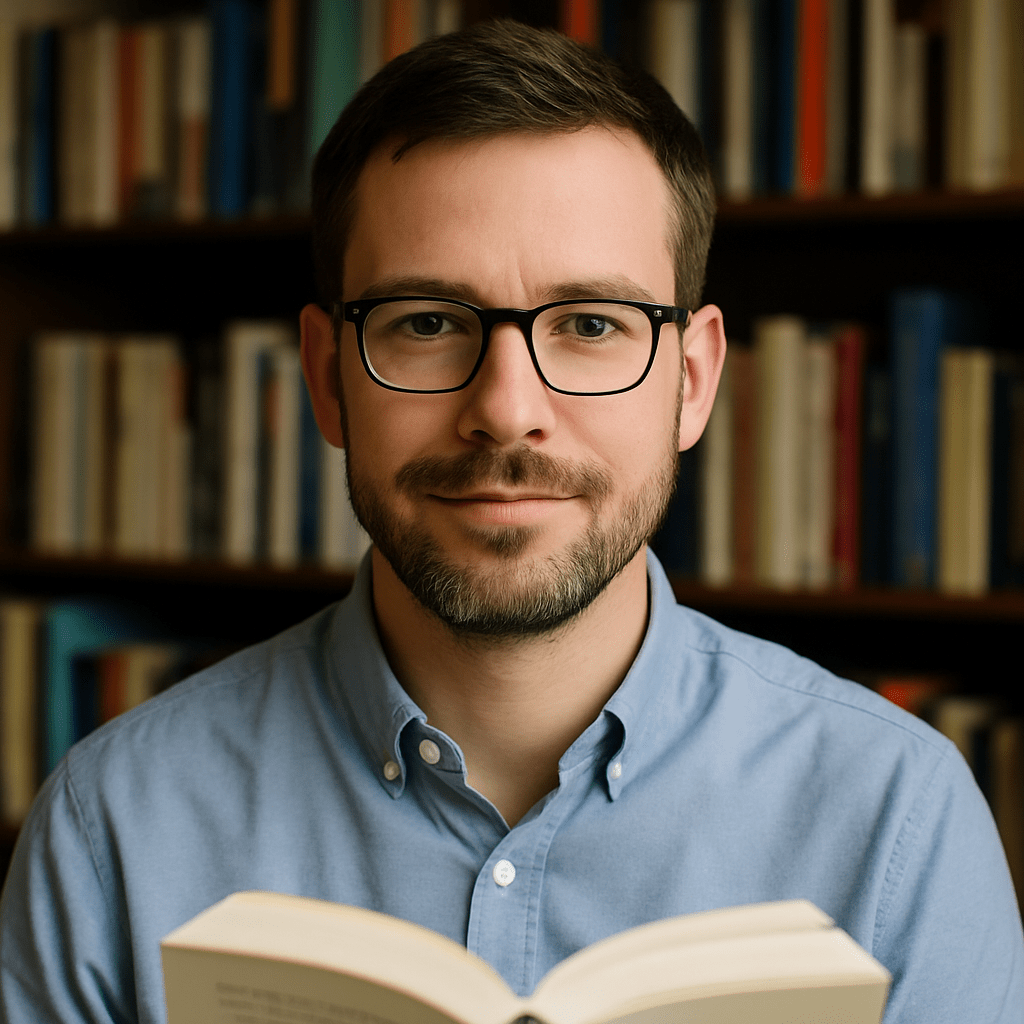
Michel Fisher
Michel Fisher is a passionate fiction enthusiast and book blogger who writes about emotional reads, character-driven stories, and contemporary romance authors that captivate hearts and minds.

Borderlands/La Frontera: The New Mestiza
Book Overview
Description
Anzaldua, a Chicana native of Texas, explores in prose and poetry the murky, precarious existence of those living on the frontier between cultures and languages. Writing in a lyrical mixture of Spanish and English that is her unique heritage, she meditates on the condition of Chicanos in Anglo culture, women in Hispanic culture, and lesbians in the straight world. Her essays and poems range over broad territory, moving from the plight of undocumented migrant workers to memories of her grandmother, from Aztec religion to the agony of writing. Anzaldua is a rebellious and willful talent who recognizes that life on the border, "life in the shadows," is vital territory for both literature and civilization. Venting her anger on all oppressors of people who are culturally or sexually different, the author has produced a powerful document that belongs in all collections with emphasis on Hispanic American or feminist issues.
Key Points
Identity shaped by cultural duality
Characters
Publisher
Aunt Lute Books
First Publish Date
1987

